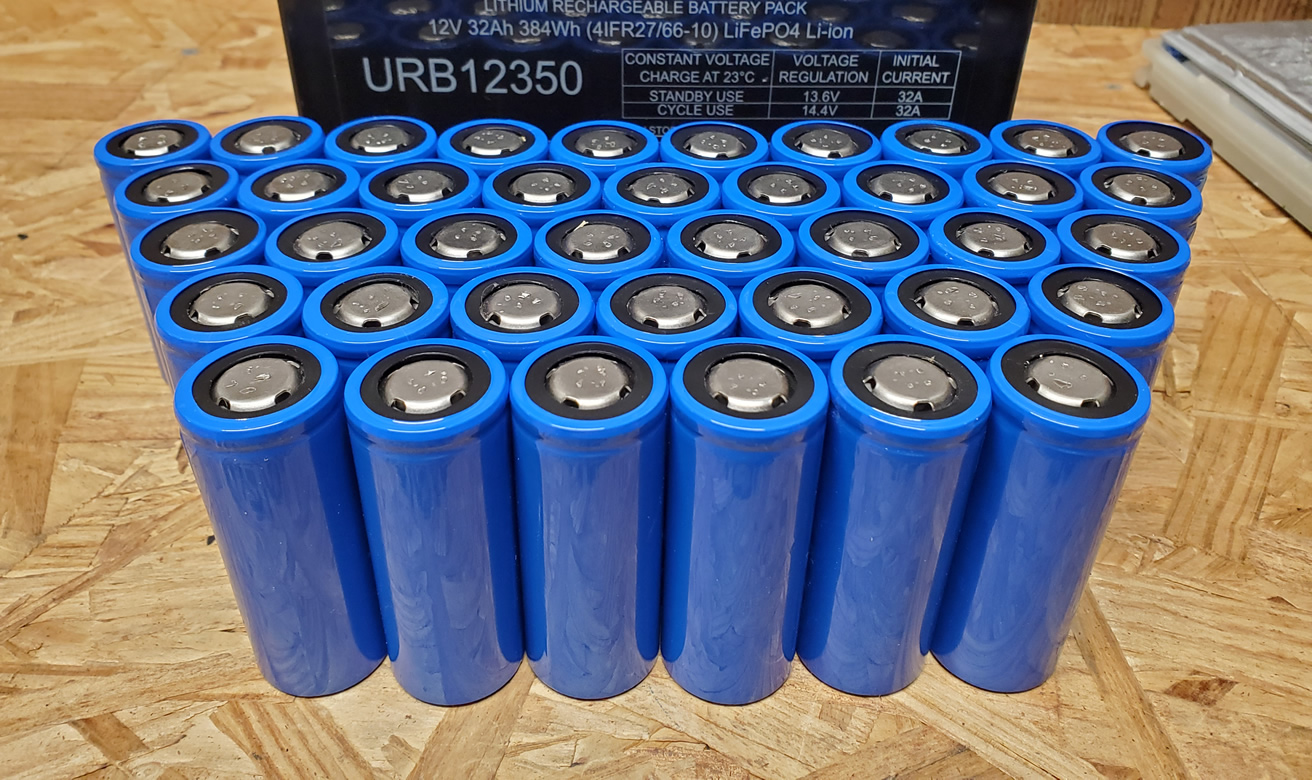I come to this forum as the purest source of online information. Apologies if it has been asked before.
I have a Talaria MX-4 with the stock 60volt battery (16S, 45AH: 20700 cells: Max rating of pack 150+ Amps)
I have just built an auxilary 60volt battery (16S, 10AH: 18650 cells: Max rating of pack = 30 Amps)
BIke pulls well over 150 amps under full throttle. Stock battery BMS is not bypassed and handels it OK.
I plan to parallel them together for additional range and am considering the best way to do this. Aux pack will live in a little tank bag
Both batteries would start at exactly the same voltage
Option 1:
Make the parallel connection at the controller DC inputs.
Concern - WIll the load at the controller overwhelm the AUX battery pack as both packs split the same load? Say 75 Amps each? which would trip / destroy the Aux pack, which is only rated for 30 Amps. Or would the Aux pack max out, voltage sag and the main pack take the bulk of the work current draw needed.
Option 2:
Plug the Aux pack into the charge port of the main battery.
As the main batteries voltage comes down, the Aux pack voltage would come down to match.
Concern - unregulated current coming in through the charge port, potentially blowing the main packs BMS.
I know enough to be dangerous. But you don't know what you dont know and trying to avoid a fire between my legs is the reason for this post.
Anyone with direct experience or a proper engineer could weigh in on this plan. Appreciated - thanks
I have a Talaria MX-4 with the stock 60volt battery (16S, 45AH: 20700 cells: Max rating of pack 150+ Amps)
I have just built an auxilary 60volt battery (16S, 10AH: 18650 cells: Max rating of pack = 30 Amps)
BIke pulls well over 150 amps under full throttle. Stock battery BMS is not bypassed and handels it OK.
I plan to parallel them together for additional range and am considering the best way to do this. Aux pack will live in a little tank bag
Both batteries would start at exactly the same voltage
Option 1:
Make the parallel connection at the controller DC inputs.
Concern - WIll the load at the controller overwhelm the AUX battery pack as both packs split the same load? Say 75 Amps each? which would trip / destroy the Aux pack, which is only rated for 30 Amps. Or would the Aux pack max out, voltage sag and the main pack take the bulk of the work current draw needed.
Option 2:
Plug the Aux pack into the charge port of the main battery.
As the main batteries voltage comes down, the Aux pack voltage would come down to match.
Concern - unregulated current coming in through the charge port, potentially blowing the main packs BMS.
I know enough to be dangerous. But you don't know what you dont know and trying to avoid a fire between my legs is the reason for this post.
Anyone with direct experience or a proper engineer could weigh in on this plan. Appreciated - thanks





